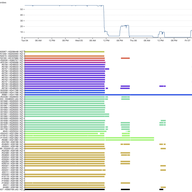
The Kazakhstan Outage - As Seen from RIPE Atlas
• 4 min read
Starting at approximately 11:15 UTC on 5 January, we noticed what appeared to be a large scale Internet outage in Kazakhstan. We've been tracking the outage in RIPE Atlas since.

Based in Amsterdam, NL
Articles
Likes on articles
I'm a data scientist at the RIPE NCC. I'm a chemist by training, but have been working since 1998 on Internet related things, as a sysadmin, security consultant, web developer and researcher. I am interested in technology changes (like IPv6 deployment), Internet measurement, data analysis, data visualisation, sustainability and security. I'd like to bring research and operations closer together, ie. do research that is operationally relevant. When I'm not working I like to make music (electric guitar, bass and drums), do sports (swimming, (inline) skating, bouldering, soccer), and try to be a good parent.
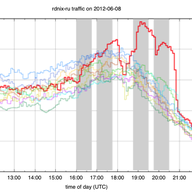
• 6 min read
In this article we show some interesting traffic graphs seen at IXPs during the first round of matches.
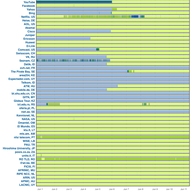
• 3 min read
Like last year during World IPv6 Day, the RIPE NCC has been doing various measurements during World IPv6 Launch on 6 June. We will publish the results in a series of articles on RIPE Labs.
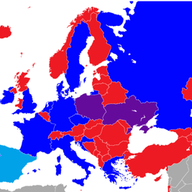
• 6 min read
The European Football Championships is the third most watched sporting event in the world (after the World Cup and the Olympics). Euro 2012 takes place in Poland and Ukraine from 8 June, so we are teaming up with Euro-IX (The European Internet Exchange Point Association) to look at Internet Exchang…
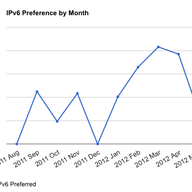
• 16 min read
This article is looking at different measurements done at the network level and at the end user level and the results seen through these measurements.
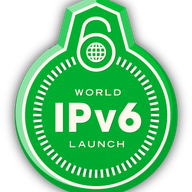
• 6 min read
RIPE Atlas is releasing a new service for Local Internet Registries (LIRs): if you are a member of the RIPE NCC, you can test the reachability of your IPv6 website from all IPv6-capable RIPE Atlas probes (currently more than 600).
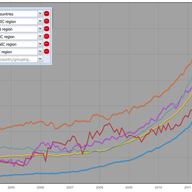
• 5 min read
One year after we released the interactive graph to show the percentage of ASes announcing IPv6 prefixes, we looked at the progress made since then.

• 13 min read
In this article we will be delving into the behaviour of the Linux implementation of TCP, and looking at the way in which TCP establishes a connection. There are socket options in Linux that cause the TCP handshake to behave in a rather curious way.
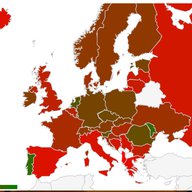
• 4 min read
Following your feedback, we decided to make IPv6 RIPEness a production service. We are currently working on some new features. Stay tuned!

• 8 min read
After we observed increased query load on the root name severs recently, we did some investigation and analysis which is described in the article below.
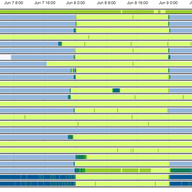
• 5 min read
World IPv6 Day took place on 8 June 2011. The RIPE NCC did a number of measurements both before and during World IPv6 Day. We've done an initial analysis of the data and would like to share our first impressions and results with you.
“Thank you for this, Emil and Alun! From looking at the map you provided, it would be great to see an additional anchor in Katthammarsvik. Do you think it's worth trying to add one there?”
Thanks for the suggestion. I think that depends on the physical (cables) and logical (routing) topology near Katthammarsvik in relation to the cable landing there. In a quick search I didn't find datacentres there, which makes me think it would not be too useful. Experts on the local Internet infrastructure would probably be able to answer if it would make sense or not.
This RIPE Labs article has good information on how to avoid effects from unknown attributes showing up at your BGP routers: https://labs.ripe.net/author/berislav_todorovic/bgp-path-attribute-filtering-a-powerful-tool-to-mitigate-alien-attributes/
“Hi Emile, I remember attribute 28 showing up in several previous studies. Interesting to see it causing a problem this time! As bgpdump maintainer, I'd ask you to check out v1.6.2 or higher, since 2020 there is a '-u' flag to output unknown attributes in the short (-m) mode (helpfully submitted by Italo Cunha) - it may make your future parsing life much easier :) Kind regards, Colin”
Thanks Colin, I didn't know, and this would have speeded up my analysis if I had!
Code for looking into AS Adjacency changes is available here: https://github.com/emileaben/as-neighbour-diff
Code on how to create graphs like Figure 1 ( ie. BGP view of how networks in a country interconnect ) is available here: https://github.com/InternetHealthReport/country-as-hegemony-viz
NOG Alliance is helping out network operators in Ukraine: https://nogalliance.org/our-task-forces/keep-ukraine-connected/
An effort related to keeping Urkanian servers/websites online by the Dutch Cloud Community: https://dutchcloudcommunity.nl/community/cloud4ukraine/
We got a request for the HHI scores for other countries. I've put these in a small repo on github together with the code that generated this. repo: https://github.com/emileaben/hhi-eyeballs HHI scores for 2022-03-07 are available here: https://raw.githubusercontent.com/emileaben/hhi-eyeballs/main/eyeball-hhi.2022-03-07.csv
“This is awesome work, thank you! Do you maybe have the script/notebooks/sources to reproduce this? This could be potential used for other countries.”
Hi Jenneth, The observable notebook we used for this is here: https://observablehq.com/@aguformoso/internet-outages-as-seen-by-ripe-atlas . It's a little rough around the edges, so it would be great if you could help improve it!
Thanks for your comment Maxime. I would love to see more analysis too, and the tool allows people to do this. Take for instance this thread on Twitter where Jason Livingood analyses the signals for the US: https://twitter.com/jlivingood/status/1245142990336688130 If others have analysis for specific countries they want to share it would be great to have them collected, for instance as comments to this RIPE Labs post!
Showing 18 comment(s)